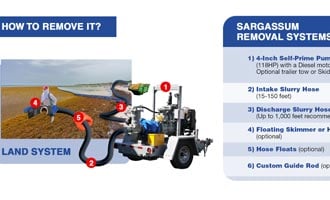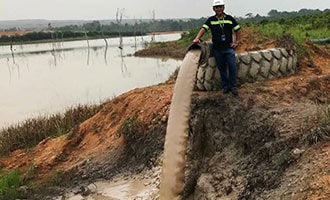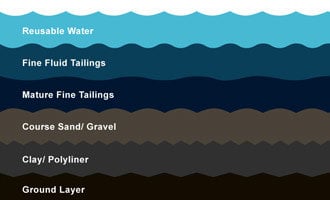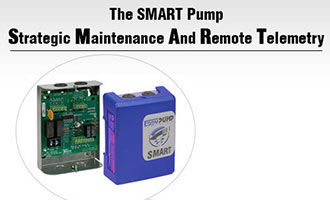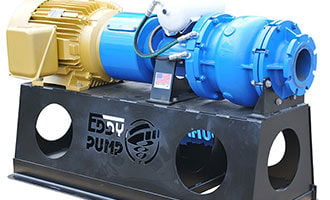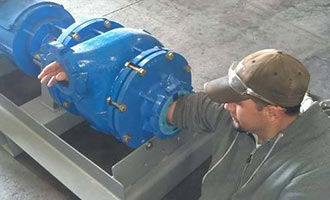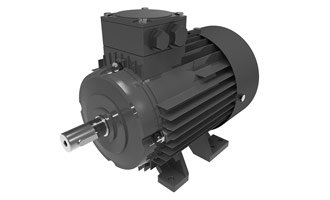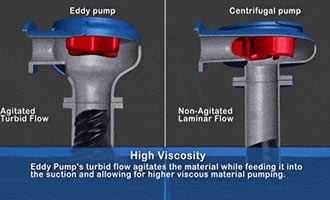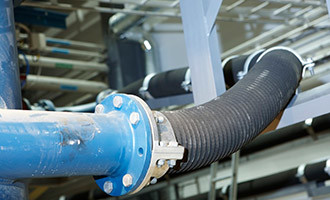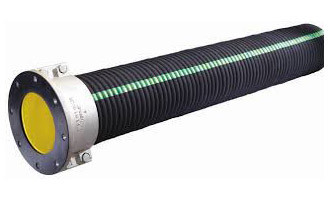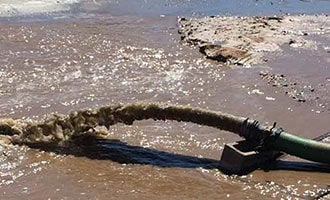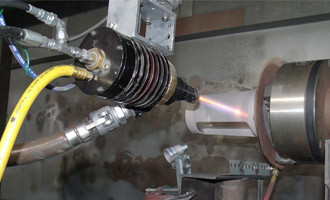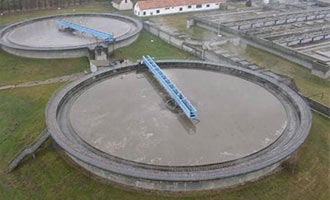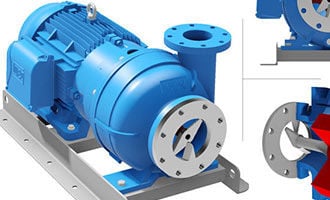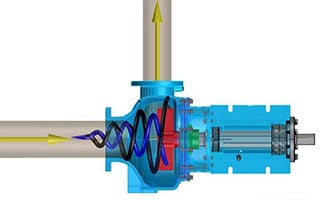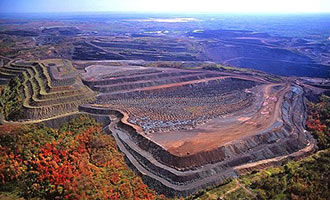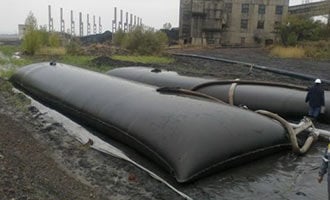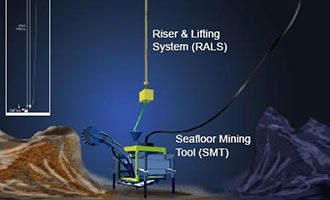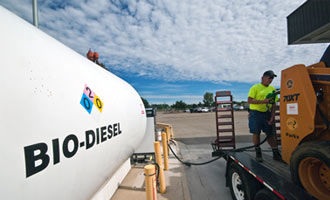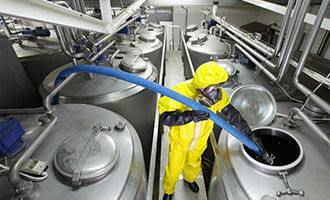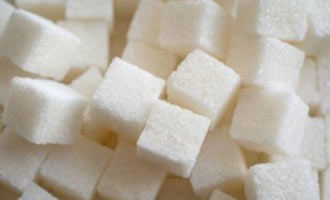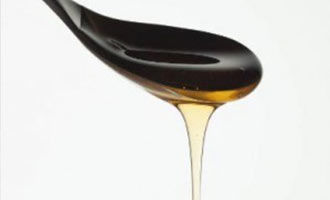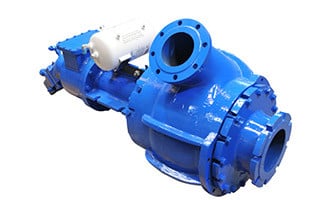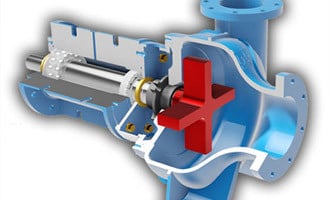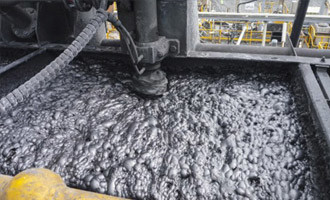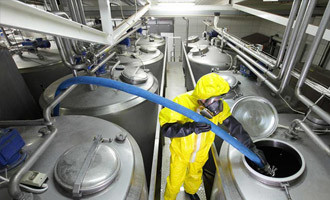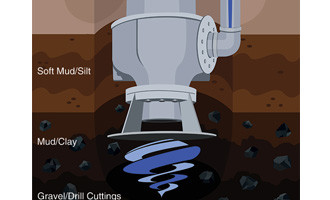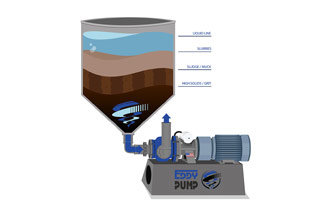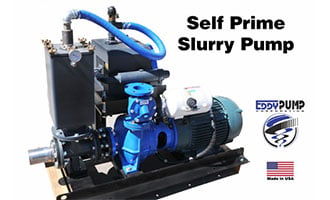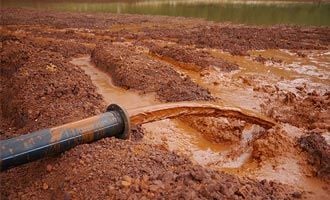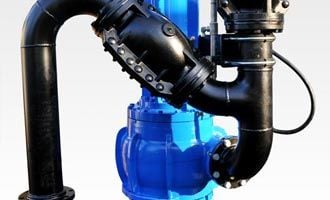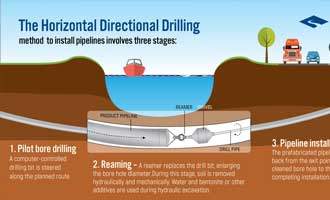Froth Pumps - Froth Flotation Pumping for Mining, Paper/Pulp, and Wastewater
How to Pick a froth pump for mining and other applications. Education Series and Common Questions Clients Have. Browse Our Slurry PumpsContact Us For Fast QuoteMining & Mineral Processing Using Froth Flotation
In mining applications, froth flotation is often used during the mineral processing stages to help separate the solids from the heavy slurries by taking advantages of differences in their hydrophobicity. The first step in the process is to gather and finely crush and grind chunks of ore into fine particles, with the goal of separating the individual minerals into their own separate grains. The particles are then mixed with water, and the entire solution is then pumped using a slurry pump to the mineral processing facility in slurry form and the desired mineral is rendered hydrophobic by the addition of a surfactant or collector chemical. This allows the minerals to bind to the air bubbles of the froth, bringing the majority of valuable minerals to the surface of the slurry in a concentrated form, making it easier to collect. Frothing agents, or frothers, can also be added to the slurry mixture to promote the formation of a stable froth on the surface of the liquid.
In this sense, mining froth can be described as an aerated slurry that either occurs naturally or, in some cases, purposely created to assist with the separation of minerals. Froth flotation is an important step used for the recovery and upgrading of sulfide ores, allowing far more economic recovery of valuable metals from much lower grade ore. Frothing is usually performed in multiple stages to maximize the recovery of target minerals. Historically first developed and used in mining, this process is now also used in other industries including paper and pulp pump applications and wastewater treatment applications.

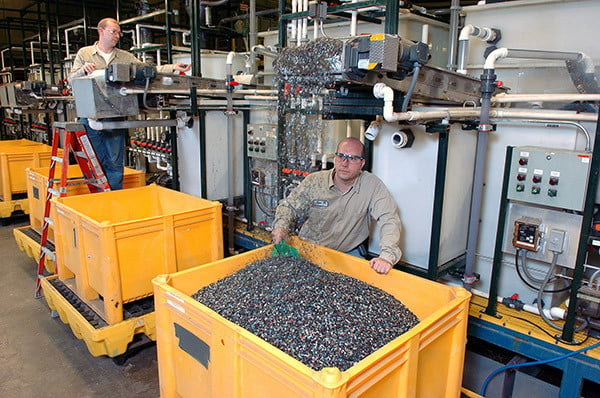
Paper/Pulp Froth Flotation
Froth flotation is one of the processes used to create new paper from recycled paper. Known as de-inking in the paper and pulp industry, this process is used to remove hydrophobic contaminants from the recycled paper. The contaminants are mainly comprised of printing ink and adhesive residue. Normally the setup is a two-stage system with up to flotation cells in a series. Similar to the process found in mining, the recycled paper is mixed with water to form a thick slurry. This slurry is then heavily mixed and injected with air along with hydrophobic chemicals to bind to the unwanted particles that need to be removed from the slurry.
The first step towards deinking old printed paper is to have the paper shredded via a disintegrator or pulping machine. The main objective of paper deinking is to simply separate the ink from the paper fibers. This can be accomplished due to the chemical and physical differences between fibers and ink. The next step is to turn the shredded paper into a slurry by adding water to the mix. Flotation is then used for removing very fine particles <100µm in size, while the larger particles are typically removed from the process by screening. Air is then introduced to the slurry which creates a frothy mixture in which the movement of the slurry and the air bubbles force the ink to float to the top as a foamy substance. This ink-filled foam is then removed from the top of the mixture and the process is repeated.
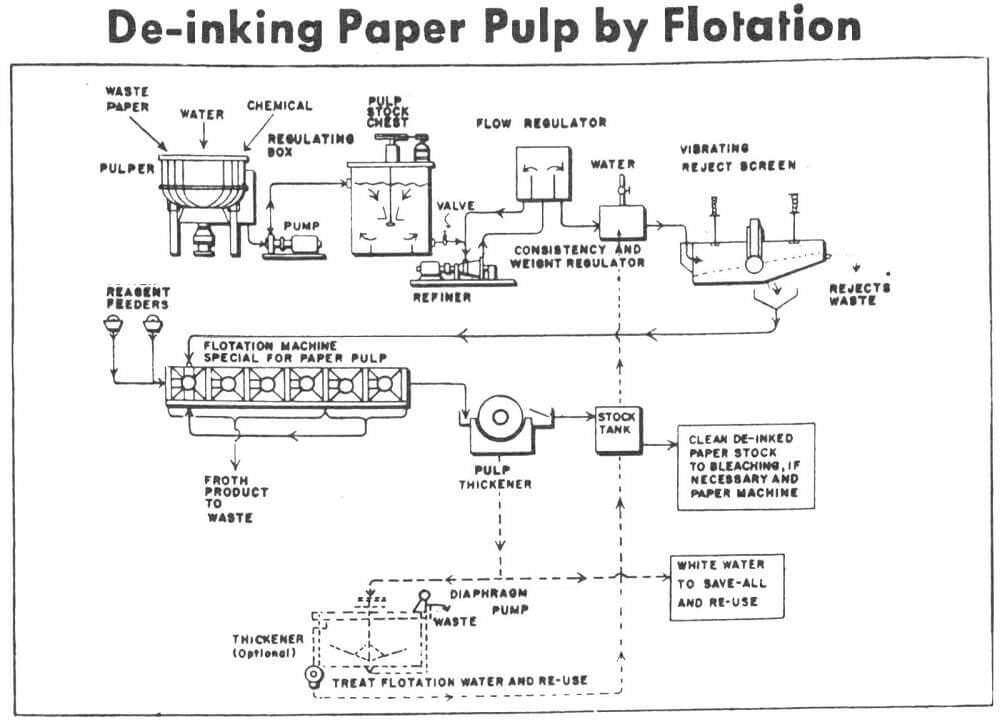
Wastewater Froth Flotation
In wastewater treatment plants, the flotation process called induced gas flotation, is widely used to remove fats, oils, grease and other suspended solids from wastewater. The goal of this process is primarily for removing oil from effluents of oil refineries, chemical production, petrochemical and natural gas processing plants, and other similar industries. To accomplish this separation, air is dissolved into water under pressure and is then released at atmospheric pressure in a flotation tank, creating air bubbles that trap foreign materials. The bubbles may be generated by an impeller, eductors or a sparger. The bubbles adhere to the suspended matter, causing the suspended matter to float to the surface and form a thickened froth layer which is then removed by a skimmer. The froth-free water exits the float tank as a clarified effluent.
How Does Froth Affect Pump Performance?
Pumps run less efficiently when pumping aerated liquids. The higher amount of trapped air in the pump will end up decreasing the pumps flow, head, and overall efficiency. Air that becomes entrained in the slurry can collect near the impeller eye, forming a column that effectively blocks most, if not all fluid from reaching it. This effect is common with centrifugal pumps and is known as air locking or air binding your pump. Furthermore, the volume of the froth is about the same as a liquid, making it nearly impossible to predict precisely how much air will be pulled from the froths. Due to this, froth pumps run a bit differently than standard liquid pumps.
The Power of the EDDY Pump When Pumping Froth
The Eddy Pump patented design is ideal for handling the pumping of froth. Based on the open design of the Eddy Pump rotor the air from the froth is able to dissipate quicker than with any other pump on the market. This allows for the Eddy Pump to pump froth from all industries without the usual wear and tear on pumps. Additionally, due to the design of Eddy Pump not having any critical tolerances, the wear on the pump does not cause constant pump failure and the need for costly spare parts. On average the Eddy Pump will outlast the leading centrifugal pumps in pumping froth by 300% without needing to replace the wear parts, leading to massively improved production rates in multiple applications.
Order or Get Selection Help
Why EDDY Pumps Are Better – Highlights
This video shows how EDDY Pump transports high slurry and abrasive materials. Featured dredge pump equipment includes the Remote Operated Subdredge, Diver Operated Pump and a Excavator Attachment Dredge Pump.


